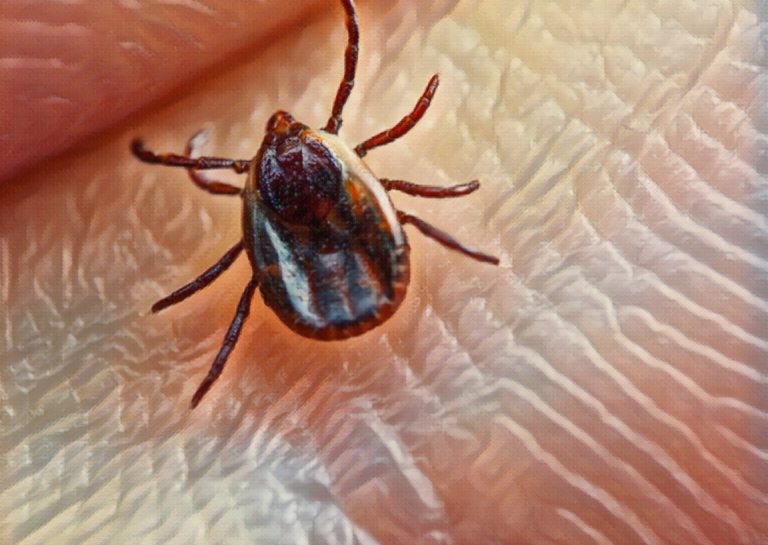Overview
Ticks are ectothermic arthropods that belong to the class Arachnida. They have a hard exoskeleton and are typically brown or black. Ticks are found in wooded areas, tall grass, and other areas with a high population of small animals, such as deer, mice, and squirrels. Ticks feed on the blood of animals and humans and can transmit several diseases through their bites.
Symptoms
The symptoms of tick-borne illnesses in children can vary depending on the type of illness and the stage of infection. Some common symptoms of tick-borne illnesses in children include fever, headache, muscle, and joint aches, fatigue, and a rash. In some cases, children may also develop a bulls-eye rash around the tick bite. If a child experiences any of these symptoms after being bitten by a tick, it is important to seek medical attention as soon as possible.
Causes
Tick-borne illnesses are caused by bacteria, viruses, and parasites that are transmitted through tick bites. The most common tick-borne illnesses in children include Lyme disease, Rocky Mountain spotted fever and anaplasmosis. These illnesses are caused by the bacteria Borrelia burgdorferi, Rickettsia rickettsii, and Anaplasma phagocytophilum, respectively.
Treatment
The treatment of tick-borne illnesses in children typically involves antibiotics, antiviral, or antiparasitic medications, depending on the type of illness. Lyme disease is typically treated with antibiotics, such as doxycycline or amoxicillin, for a period of 14 to 21 days. Rocky Mountain spotted fever is treated with antibiotics, such as doxycycline or azithromycin, for a period of 7 to 14 days. Anaplasmosis is treated with antibiotics, such as doxycycline or azithromycin, for a period of 7 to 14 days.
Prevention
The best way to prevent tick-borne illnesses in children is to avoid tick-infested areas and to take steps to prevent tick bites. This may include using insect repellent, wearing long sleeves and pants, and tucking pants into socks. It is also important to check for ticks on the body after spending time in wooded areas or tall grass. If a tick is found attached to the skin, it should be removed as soon as possible using fine-tipped tweezers.
Citations:
- Centers for Disease Control and Prevention. (2021). Ticks. Retrieved from https://www.cdc.gov/ticks/index.html
